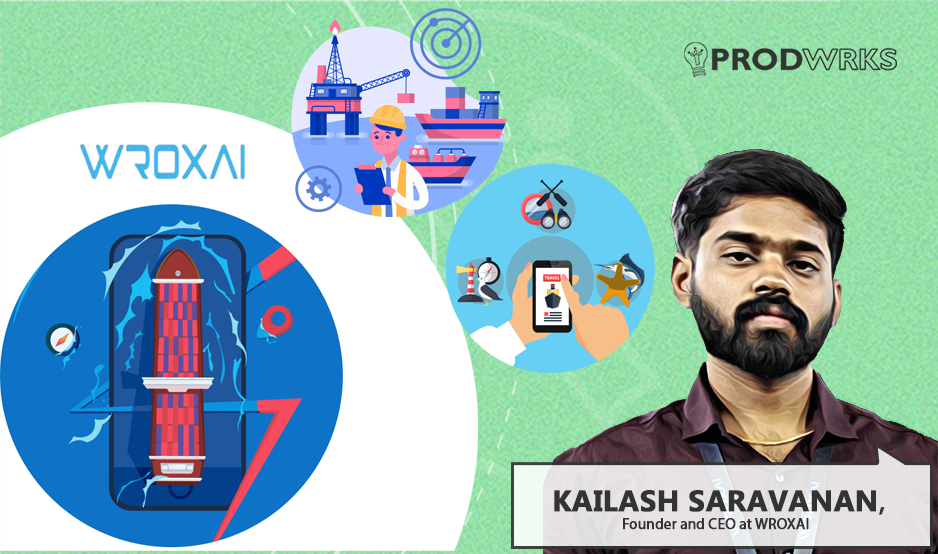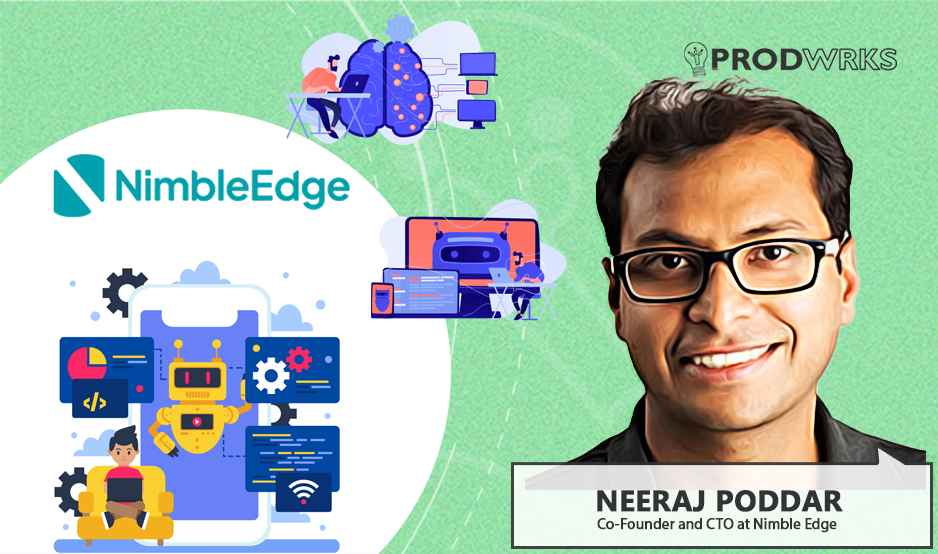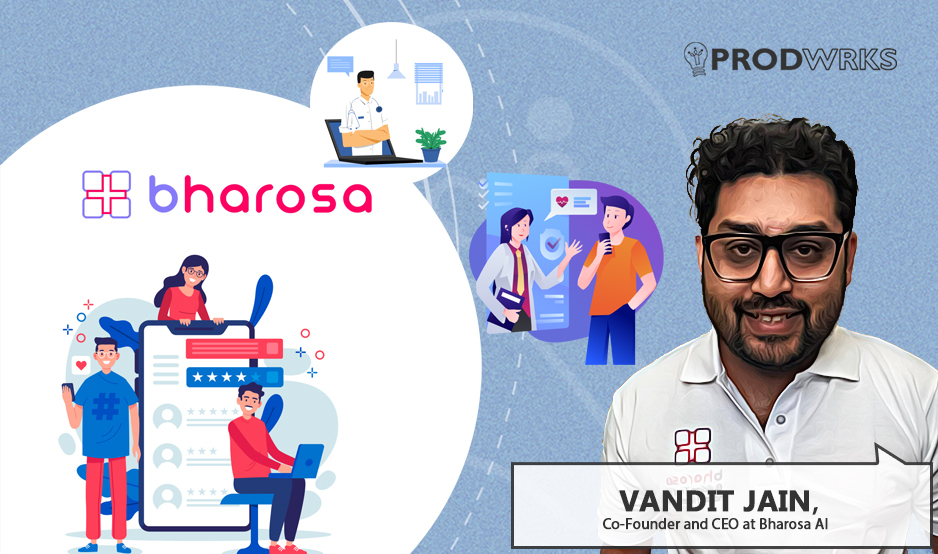
Autonomous cars on city streets feel futuristic enough. Now imagine that technology is heading offshore, guiding boats instead of cars. This is exactly what WROXAI, an autonomous marine navigation company based in Coimbatore, is working on. Their goal? To bring level five autonomy (the highest standard of self-driving) to water.
The idea of building autonomous mobility vehicles first came to Kailash Saravanan, founder and CEO of Wroxai, during his college days. He initially set out to design an Autonomous Driving System (ADS) that could create a collision-free environment for watercrafts, with the larger goal of preventing accidents and reducing losses.
Over time, this ambition evolved into Wroxai’s pursuit of fully autonomous vessels, a vision shaped by the company’s research across the water mobility industry.
Wroxai has secured seed funding from Cochin Shipyard Limited (CSL) and IIM-K LIVE, the business incubator of the Indian Institute of Management-Kozhikode, under the USHUS initiative, India’s flagship maritime sector start-up support scheme. Now, with India’s expanding network of ports and a global market warming up to the idea of driverless ships, Wroxai is betting that the future of self-driving isn’t just on the roads, it’s on the water.
Powering the Future of Autonomous Watercrafts
Wroxai’s core product is an AI Pilot that transforms any watercraft into a fully autonomous vessel. Positioned as the “brain” of the craft, it enables hands-free navigation and serves as an autonomous driving system for marine vehicles.
The AI pilot powering the level five autonomous system processes data from multiple sensors, including lidar, depth cameras, GPS, IMU, and, in some cases, radar. All this information is compressed into a single format that the machine can interpret. Using these inputs, the AI determines when to reroute, avoid obstacles, or dock at a station.
Kailash says, “ The models are trained on GPUs and virtual environments to make decisions in real time based on the surrounding environment. So the system has different levels of autonomy, similar to cars. Level one can detect minor obstacles like bumps or potholes. Levels two and three can detect lanes and even change lanes. Level five is fully autonomous. The driver only needs to get on board, and the vehicle takes care of everything, transporting you from point A to point B without a driver.”
Charting Autonomy Across Tourism, Transport, and Defense
Wroxai is structuring its vision for marine autonomy across three main domains: tourism, transportation, and defense. In tourism, the focus is on government tourism, as well as private resort and theme park operators
While defense and transport markets involve heavy certification and limited demand, Kailash points instead to tourism, part of what is often called the “experience market.” The idea is to mirror places like Dubai, where revenue depends on offering visitors new and futuristic activities. Autonomous watercraft, he says, fit directly into that vision.
“Dubai focuses on offering people a new kind of experience while generating revenue from it. That is exactly the market we are targeting. Our watercraft will play a central role in the next generation of boating experiences.”
Kailash says, “Traditional radars often fail to detect small obstacles in ports, such as fishing boats or debris, creating risks during navigation. The AI pilot addresses this challenge, identifying and classifying obstacles to prevent collisions, a solution directly informed by the Indian Navy’s operational needs.”
Wroxai’s level five autonomy can also be applied to manned vessels and unmanned surface vehicles, effectively transforming standard ships into robotic vessels. These autonomous ships can operate independently, launch drones for 360-degree surveillance, and relay real-time data to ground stations. The result is a fully robotic vessel capable of performing complex defensive operations without a human captain on board.
Wroxai is initially focusing on smart cities across India, leveraging more than 500 lakes where boating is already popular. Kerala, with its well-established tourism districts, is a primary target. Beyond public smart city initiatives, the company also plans to expand to private resorts and operators, tapping into both government-backed and commercial opportunities in the domestic market.
Navigating the Roadblocks of Building Autonomy
“In India, we have a huge number of engineering graduates, but they are not preparing for the level where we are heading. The learning is old and traditional, not up-to-date for the technology that we are developing,” he says.
Data Training as the Engine of Autonomous Innovation
“You should understand the trends of autonomous vehicles, how they are functioning, and how they are monetizing. The main innovation lies in how efficiently you can train the data,” he says.
Data training, he adds, is one of the most complex aspects of building autonomous systems. Simplifying this process can give a company a significant edge, allowing it to scale faster and respond to new opportunities in the market. Looking ahead, Kailash sees marine autonomy as a huge growth area over the next five to ten years.
The experience of autonomous taxis in cities like Las Vegas points to a future where self-driving systems become commonplace, and India is expected to follow suit. By tracking these trends and focusing on innovation in data training, Wroxai aims to stay ahead in a market that is poised for rapid expansion.



